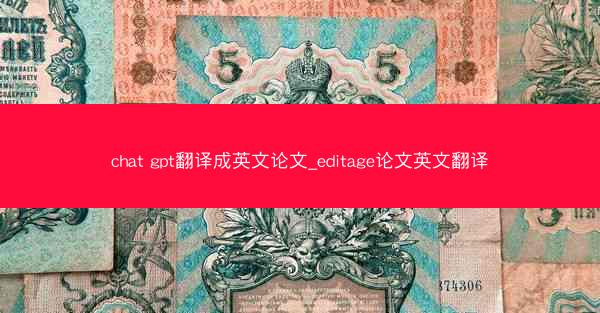
Introduction to Chat GPT and its Translation Capabilities
The rise of artificial intelligence has revolutionized various industries, and language translation is no exception. One of the most notable advancements in this field is the development of Chat GPT, an AI language model created by OpenAI. Chat GPT has the ability to generate human-like text, making it a powerful tool for translation tasks. This paper aims to explore the potential of Chat GPT in translating academic papers, specifically focusing on the services provided by Editage, a leading provider of scientific editing and translation services.
Understanding Editage's Services
Editage offers a range of services to assist researchers in preparing their manuscripts for publication. One of the key services provided is professional translation. Editage's translation services ensure that the language used in the manuscript is accurate, clear, and culturally appropriate. This is crucial for researchers whose first language is not English, as it helps them effectively communicate their findings to an international audience.
The Role of Chat GPT in Translation
Chat GPT's ability to understand and generate human-like text makes it a promising candidate for translation tasks. Unlike traditional machine translation systems, Chat GPT can capture the nuances of language and context, leading to more accurate translations. This is particularly important in academic writing, where precision and clarity are paramount.
Process of Using Chat GPT for Translation
To utilize Chat GPT for translation, the following steps can be followed:
1. Input the text that needs to be translated into the Chat GPT interface.
2. Choose the target language for the translation.
3. Review the generated translation and make any necessary adjustments.
Advantages of Using Chat GPT for Translation
There are several advantages to using Chat GPT for translation:
1. Accuracy: Chat GPT's ability to understand context and language nuances results in more accurate translations.
2. Speed: The translation process is significantly faster than manual translation, allowing researchers to quickly translate their manuscripts.
3. Accessibility: Chat GPT is accessible online, making it convenient for researchers to use at any time.
Challenges and Limitations of Chat GPT
Despite its advantages, Chat GPT is not without its challenges and limitations:
1. Contextual Understanding: While Chat GPT is capable of understanding context, it may still struggle with certain complex or specialized terms.
2. Human Oversight: Automated translations require human review to ensure accuracy and appropriateness, especially in academic writing.
3. Cultural Sensitivity: Translations may not always capture the cultural nuances of the original text, which can be crucial in certain research areas.
Conclusion
Chat GPT presents a promising solution for translating academic papers, offering speed, accuracy, and accessibility. When combined with the professional services of Editage, researchers can benefit from a comprehensive solution that ensures their manuscripts are effectively translated and ready for international publication. However, it is important to recognize the limitations of automated translation and the need for human oversight to maintain the quality and integrity of the research. As AI technology continues to evolve, the collaboration between AI tools like Chat GPT and professional services like those offered by Editage will likely become even more valuable in the academic community.


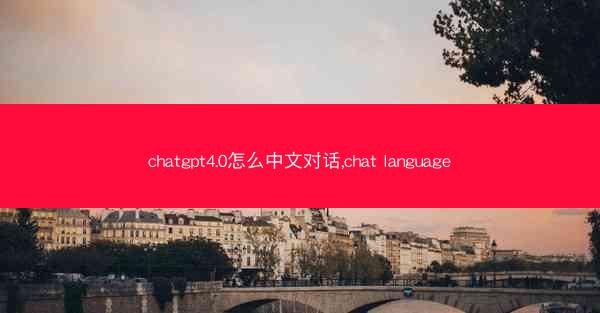

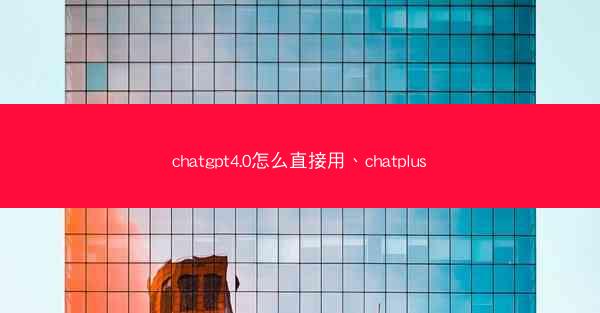



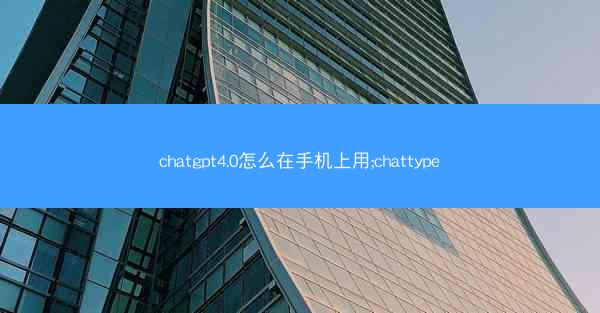
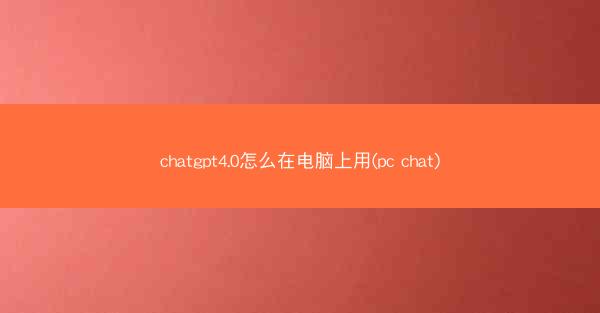
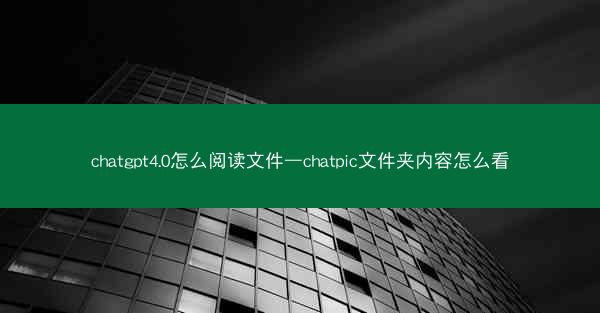
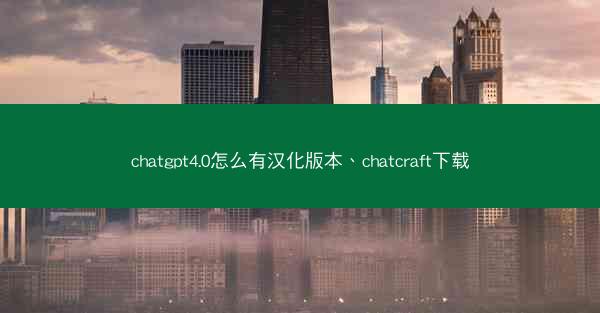

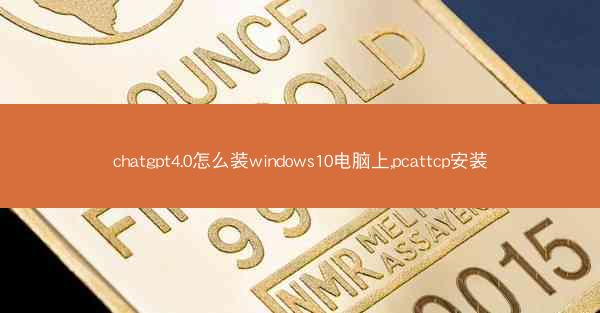 chatgpt4.0怎么装windows10电脑上,pcattcp安装
chatgpt4.0怎么装windows10电脑上,pcattcp安装 chatgpt4.0怎么装iphone、安装chattr
chatgpt4.0怎么装iphone、安装chattr chatgpt4.0怎么装iphone、chat怎么下载
chatgpt4.0怎么装iphone、chat怎么下载 chatgpt4.0怎么装iphone(安装chattr)
chatgpt4.0怎么装iphone(安装chattr) chatgpt4.0怎么装、cheto怎么安装
chatgpt4.0怎么装、cheto怎么安装 chatgpt4.0怎么转化为中文;chatwork怎么修改语言
chatgpt4.0怎么转化为中文;chatwork怎么修改语言 chatgpt4.0怎么中文语音;cheat中文
chatgpt4.0怎么中文语音;cheat中文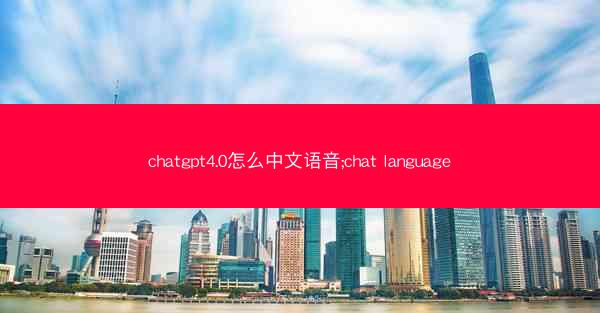 chatgpt4.0怎么中文语音;chat language
chatgpt4.0怎么中文语音;chat language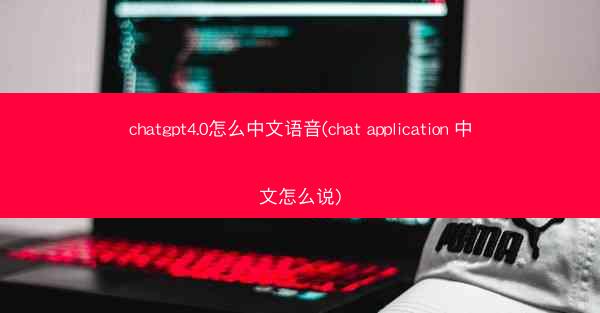 chatgpt4.0怎么中文语音(chat application 中文怎么说)
chatgpt4.0怎么中文语音(chat application 中文怎么说) chatgpt4.0怎么中文对话-chat怎么样
chatgpt4.0怎么中文对话-chat怎么样